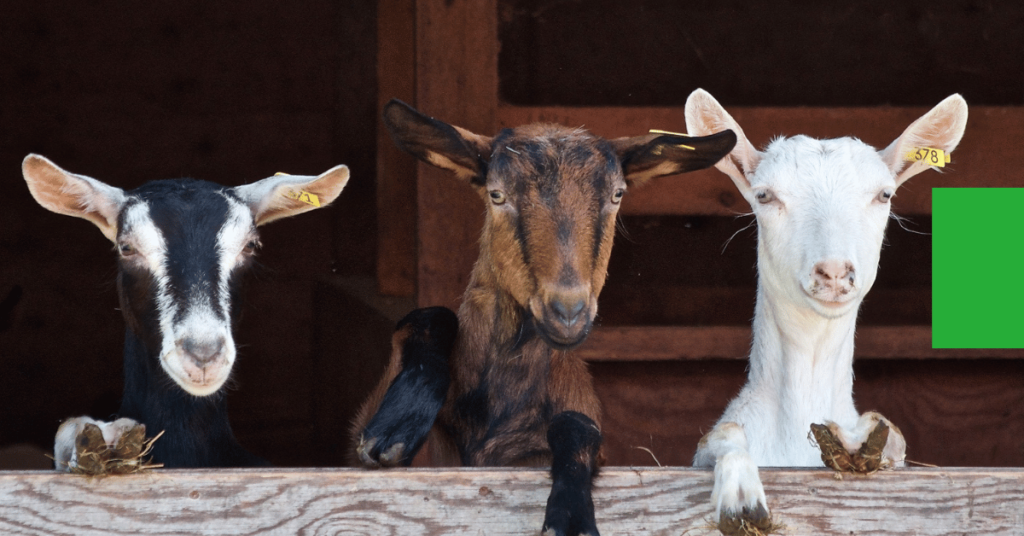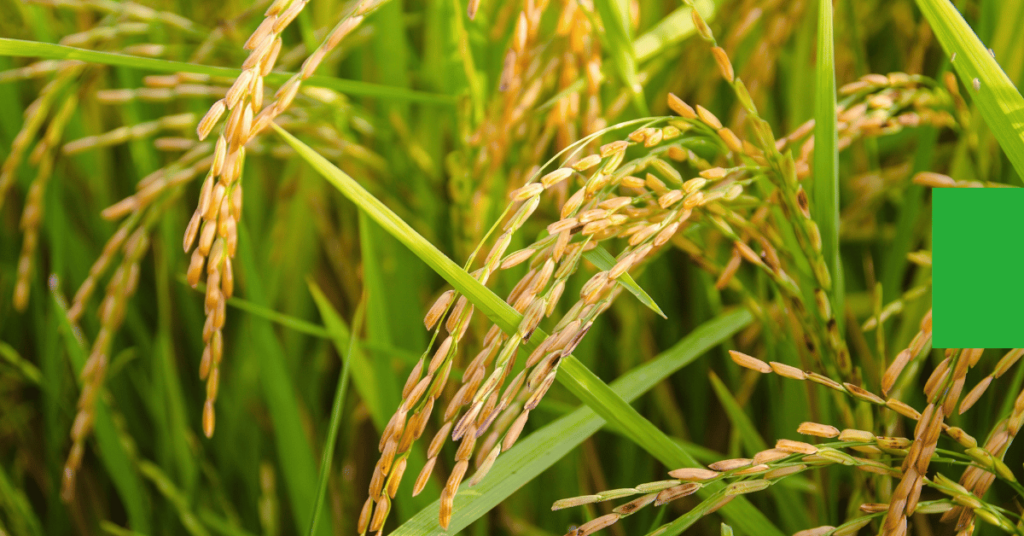Goat Farming as a Business in Nigeria: A Comprehensive Guide for Beginners
Goat farming has become increasingly popular in recent years, as more people are realizing the many benefits of raising goats. Not only do goats provide meat and milk, but they are also excellent for brush control and can be a great source of income for small farmers. If you are considering starting goat farming as a beginner, this article is for you. We will cover everything you need to know to get started, including choosing the right breed, housing, feeding, and management practices. What is Goat Farming? Goat farming is the rearing and breeding of goats for commercial purposes. It involves the selective breeding of healthy and productive goats to produce high-quality meat, milk, and other dairy products. Goat farming is popular in Nigeria due to the high demand for goat meat and milk in the country. Goats are also easy to rear and require less space and investment than other livestock such as cattle. Why Start a Goat Farming Business in Nigeria? Goat farming is a profitable business in Nigeria for several reasons: High Demand: Goat meat is a popular delicacy in Nigeria and is in high demand all year round. With a large population of over 200 million people, there is a ready market for goat meat and other dairy products. Low Investment: Goat farming requires less investment compared to other livestock businesses. Goats are easy to rear and require less space, making it a suitable business for small-scale farmers. High Returns: Goat farming can be a highly profitable business if managed properly. Goats reproduce quickly and can give birth to multiple kids at once, providing a steady supply of meat, milk, and other dairy products. Sustainability: Goats are hardy animals that can adapt to different environmental conditions, making them a sustainable business option in Nigeria. How to Start a Goat Farming Business in Nigeria Conduct Market Research: Before starting a goat farming business, it is important to conduct market research to identify the demand and competition in your area. This will help you make informed decisions on the type of goats to rear and the market to target. Choose a Suitable Location: Goats require a suitable location with adequate space, shelter, and access to water and food. Choose a location with good drainage and adequate ventilation to prevent diseases. Select the Right Breed: There are several breeds of goats suitable for commercial farming in Nigeria, such as the Sahelian, West African Dwarf, and Red Sokoto. Select a breed that is suitable for your location, market demand, and production goals. Invest in Good Breeding Stock: Purchase high-quality breeding stock from reputable breeders to ensure healthy and productive goats. Breeding stock should be free from diseases and genetic defects. Provide Adequate Nutrition: Goats require a balanced diet of roughage, concentrate, and water to maintain good health and productivity. Provide adequate feed and clean water to ensure the goats grow well. Practice Good Husbandry: Goats require proper care and management to prevent diseases and ensure their well-being. Practice good husbandries such as regular deworming, vaccination, and hoof trimming. Market Your Products: Develop a marketing plan to sell your goat meat, milk, and other dairy products. Identify potential buyers such as restaurants, supermarkets, and individuals. 4 important factors to consider before Starting a Goat Farming Business in Nigeria Choosing the Right Breed: The first step in starting goat farming as a beginner is to choose the right breed. There are many different breeds of goats to choose from, each with its unique characteristics and requirements. Some of the most popular breeds for beginners include: Boer Goats: Boer goats are a meat breed that originated in South Africa. They are hardy, easy to care for, and produce high-quality meat. Nubian Goats: Nubian goats are a dairy breed that produces high-quality milk with a high butterfat content. They are also known for their friendly personalities. Pygmy Goats: Pygmy goats are a small breed that is popular as pets. They are easy to care for, require less space than larger breeds, and have a friendly disposition. Housing: Once you have chosen your breed, the next step is to provide suitable housing for your goats. Goats need a clean, dry, and well-ventilated shelter to protect them from extreme weather conditions. The shelter should also provide adequate space for each goat and be easy to clean. Some housing options for goats include: Barns: Barns are the most common type of housing for goats. They provide a safe and secure environment and can be customized to meet your specific needs. Sheds: Sheds are a less expensive option for housing goats. They provide shelter from the sun and rain but may not be suitable for extreme weather conditions. Feeding: Goats require a balanced diet to stay healthy and productive. Their diet should consist of high-quality hay or pasture, along with grain and supplements as needed. It’s important to provide clean water at all times and to ensure that your goats have access to mineral supplements. Some tips for feeding goats include: Provide high-quality hay or pasture: Goats need roughage to maintain good health. High-quality hay or pasture should make up the majority of their diet. Provide grain and supplements as needed: Depending on your goat’s breed and age, they may require grain and supplements to meet their nutritional needs. Management Practices: Managing a goat farm requires careful planning and attention to detail. Some important management practices to consider include: Regular health checks: Goats should be checked regularly for signs of illness or injury. This includes monitoring their weight, body condition, and overall health. Parasite control: Goats are susceptible to parasites such as worms and should be dewormed regularly to prevent infestations. Goat farming is a profitable business in Nigeria that requires less investment and provides high returns if managed properly. With the high demand for goat meat and milk in the country, there is a ready market for goat farmers. By following the steps outlined in this guide, you can start a successful goat farming business in
Goat Farming as a Business in Nigeria: A Comprehensive Guide for Beginners Read More »


